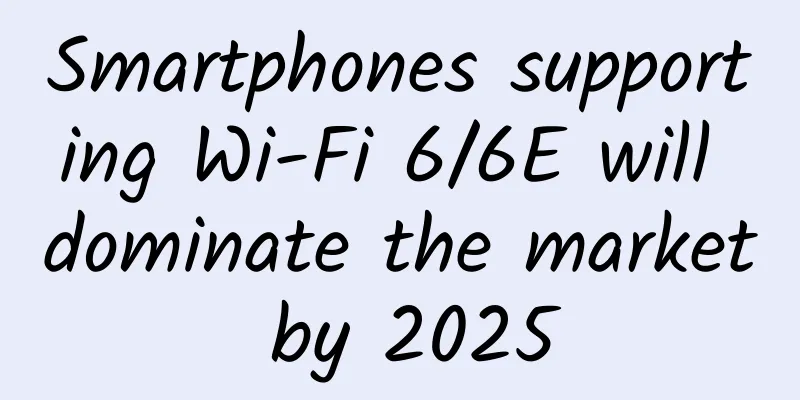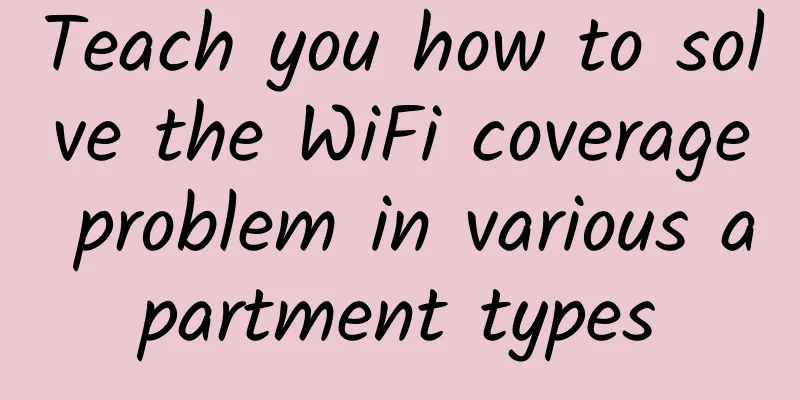Smartphones supporting Wi-Fi 6/6E will dominate the market by 2025

|
Wi-Fi 6E will be commercially available in 2021. In addition to supporting the 5GHz and 2.4GHz bands, it can also operate in the 6GHz band. According to TrendForce, Wi-Fi 6E aims to reduce network congestion and interference through more, wider, and non-overlapping channels (signal transmission channels in communication systems), while the periodic wake-up mechanism (target wake-up time) of Wi-Fi 6 and 6E effectively coordinates network traffic and maximizes the battery life of smartphones. By 2025, the market share of smartphones supporting Wi-Fi 6 and 6E is expected to exceed 80%. TrendForce further stated that the market share of Wi-Fi 6 and 6E will reach 58% in 2022, officially surpassing Wi-Fi 5 technology. This adoption is mainly due to the fact that countries such as the United States, the United Kingdom, Germany, France, South Korea, and Japan have already used the 6GHz frequency band for Wi-Fi technology, as well as the support of major mobile phone camps, iOS and Android, and the active layout of related industry chains. In addition, lower latency is driving growth in connectivity traffic as high-quality Wi-Fi in devices such as mobile phones, laptops, tablets and wireless access points requires more efficient and reliable connections, while video, telemedicine and navigation systems require greater bandwidth. In addition to more automotive, IoT and AR/VR solutions expected to enter the consumer market this year, lower latency is driving growth in connectivity traffic. At the same time, Wi-Fi technology is also expanding into commercial, industrial and home areas, with the largest growth in demand for smart homes and smart lighting. Wi-Fi-based smart home device shipments will grow at a compound annual growth rate of 18% from 2021 to 2026, connecting home devices to the core home network through Wi-Fi and promoting applications such as AR/VR, cloud gaming, 4K video conferencing and 8K streaming. The continuous development of smart home networking technology has further promoted the interconnection of smart lighting. The appeal of smart lighting lies in convenience, safety and energy saving. Currently, voice assistants such as Alexa, Cortana, Siri, etc. can be synchronized with smart lighting applications and enable voice commands to control functions such as light switches, brightness and color tone. Therefore, smart lighting can also be used outside the home in factories, offices and even outdoors. |
<<: Let’s continue to talk about what communication is?
>>: Migrating manufacturing to Industry 5.0 with 5G
Recommend
China Academy of Information and Communications Technology: In November, domestic 5G mobile phone shipments reached 20.136 million units, accounting for 68.1%
On December 10, the China Academy of Information ...
spinservers: $99/month-E3-1285v5/32GB/1TB NVMe/10Gbps/San Jose data center
Last week we shared the news that spinservers is ...
After rejecting Huawei, 5G development in Europe and the United States is suffering. Netizens: They are reaping the consequences
In order to boycott Huawei's 5G equipment, th...
Software-defined data centers face constant challenges: IT departments need to shift their focus
Virtualization has revolutionized the data center...
Accelerate the construction of new infrastructure projects such as 5G and integrated data centers
Since the beginning of this year, the COVID-19 pa...
A collection of network failure and cause analysis (with solutions included)
[[265984]] In life and work, we will inevitably e...
[Black Friday] 10% off on all VPS at BandwagonHost, US/Hong Kong CN2 GIA lines available, starting from $44.99 per year
Bandwagonhost has also released a discount code f...
Net profit increased by 10%: How did China Unicom achieve its goal of implementing three strategies?
2020 is a challenging year, and it has not been e...
Omdia: Next-generation PON equipment market to reach nearly $8.9 billion in 2025
LightReading reported that Omdia pointed out in i...
China Mobile Xiongyan Consulting Insights: 5G URLLC Key Technology Research Report
Labs Guide URLLC "Low Latency High Reliabili...
What’s next after the first 5G standard is released?
On June 14, Beijing time, the International Mobil...
The diversity of application scenarios lays the foundation for the future of blockchain
2016 was a year of explosive application of block...
If operators want to make profits, they should eliminate 4G packages first.
[[346837]] After 2019, the first year of 5G, and ...
Will 5G applications enable hardware storage updates or the expansion of cloud services?
As functional evolution and experience improvemen...









